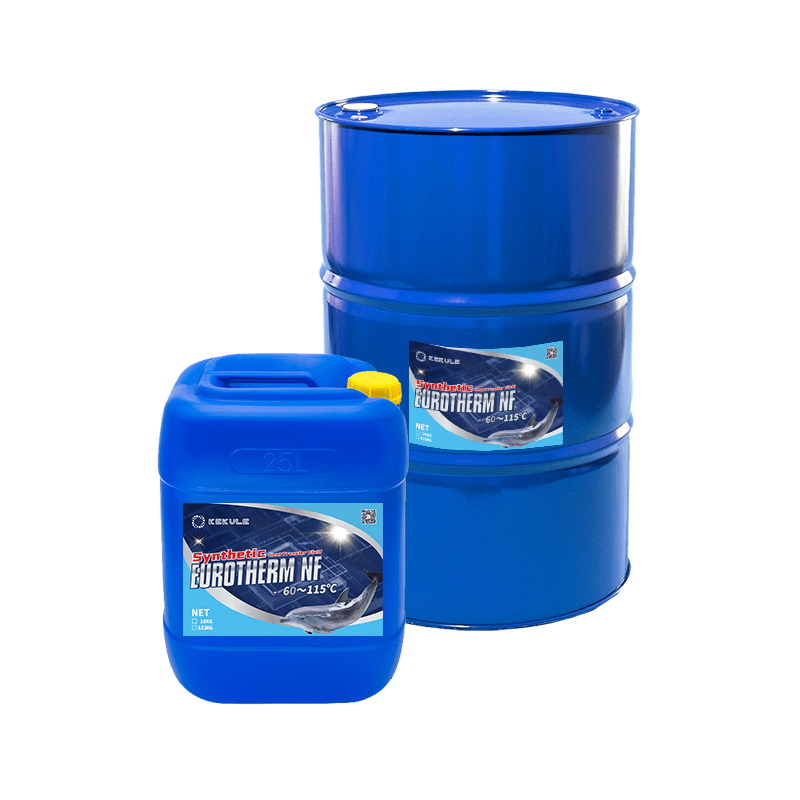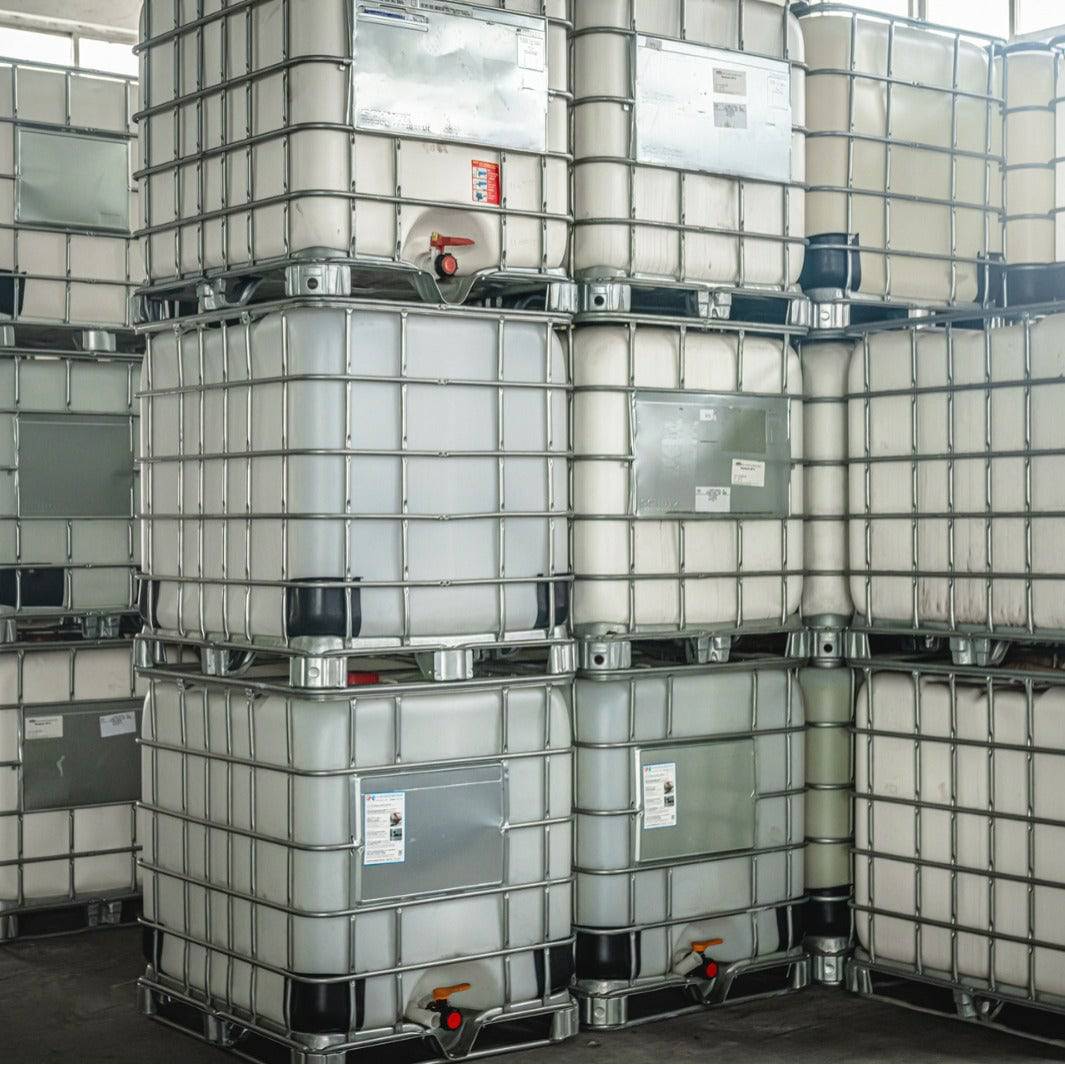Some Known Details About Chemie
Wiki Article
Not known Facts About Chemie
Table of ContentsLittle Known Facts About Chemie.Not known Facts About ChemieChemie Fundamentals ExplainedLittle Known Questions About Chemie.Chemie Can Be Fun For AnyoneExamine This Report about Chemie
By Bojanna Shantheyanda, Sreya Dutta, Kevin Coscia and David SchiemerDynalene, Inc. Liquid cooling, which can be achieved using indirect or straight ways, is used in electronics applications having thermal power densities that may exceed safe dissipation via air cooling. Indirect fluid air conditioning is where warm dissipating electronic components are physically divided from the fluid coolant, whereas in instance of straight air conditioning, the parts remain in straight call with the coolant.However, in indirect cooling applications the electric conductivity can be crucial if there are leaks and/or splilling of the fluids onto the electronic devices. In the indirect cooling applications where water based liquids with rust inhibitors are typically utilized, the electrical conductivity of the fluid coolant mainly relies on the ion focus in the fluid stream.
The boost in the ion focus in a shut loophole liquid stream might occur due to ion seeping from metals and nonmetal elements that the coolant fluid is in call with. During procedure, the electrical conductivity of the liquid may raise to a degree which could be damaging for the cooling system.
Not known Facts About Chemie
(https://telegra.ph/Innovative-Thermal-Solutions-with-Chemie-Dielectric-Coolant-and-Beyond-01-09)They are grain like polymers that can exchanging ions with ions in a solution that it touches with. In the here and now work, ion leaching examinations were done with different metals and polymers in both ultrapure deionized (DI) water, i.e. water which is dealt with to the highest degree of purity, and reduced electrical conductive ethylene glycol/water mixture, with the gauged change in conductivity reported over time.
The examples were allowed to equilibrate at room temperature level for 2 days prior to recording the initial electrical conductivity. In all tests reported in this research liquid electrical conductivity was gauged to a precision of 1% utilizing an Oakton disadvantage 510/CON 6 series meter which was adjusted prior to each dimension.
Facts About Chemie Uncovered
from the wall home heating coils to the center of the heater. The PTFE sample containers were put in the heater when stable state temperature levels were gotten to. The examination setup was eliminated from the heater every 168 hours (seven days), cooled to room temperature level with the electrical conductivity of the fluid determined.The electric conductivity of the liquid example was monitored for a total amount of 5000 hours (208 days). Schematic of the indirect shut loophole cooling down experiment set-up. Parts utilized in the indirect closed loop cooling down experiment that are in contact with the liquid coolant.

Chemie Fundamentals Explained
During operation the fluid reservoir temperature level was preserved at 34C. The change in liquid electric conductivity was checked for 136 hours. The fluid from the system was gathered and kept. In a similar way, shut loophole examination with ion exchange material was accomplished with the very same cleansing procedures used. The first electric conductivity of the 230ml UP-H2O in the system measured 1.84 S/cm.
0.1 g of Dowex material was added to 100g of fluid examples that was absorbed a separate container. The blend was mixed and change in the electrical conductivity at area temperature was determined every hour. The measured adjustment in the electric conductivity of the UP-H2O and EG-LC test fluids having polymer or metal when involved for 5,000 hours at 80C is shown Number 3.
The Best Strategy To Use For Chemie
Ion leaching experiment: Calculated change in electrical conductivity of water and EG-LC coolants consisting of either polymer or steel samples when immersed for 5,000 hours at 80C. The results show that steels contributed fewer ions right into the fluids than plastics in both UP-H2O and EG-LC based coolants.Liquids including polypropylene and HDPE showed the cheapest electric conductivity modifications. This might be due to the short, rigid, direct chains which are much less likely to add ions than longer branched chains with weaker intermolecular forces. Silicone likewise get more executed well in both examination fluids, as polysiloxanes are normally chemically inert due to the high bond power of the silicon-oxygen bond which would protect against deterioration of the product into the liquid.
The 5-Minute Rule for Chemie
It would be anticipated that PVC would create comparable results to those of PTFE and HDPE based on the similar chemical frameworks of the products, nevertheless there may be various other contaminations present in the PVC, such as plasticizers, that might impact the electric conductivity of the fluid - dielectric coolant. In addition, chloride groups in PVC can also seep right into the examination fluid and can cause an increase in electrical conductivityPolyurethane completely broke down right into the examination fluid by the end of 5000 hour examination. Before and after photos of metal and polymer samples immersed for 5,000 hours at 80C in the ion leaching experiment.
Calculated change in the electrical conductivity of UP-H2O coolant as a function of time with and without material cartridge in the closed indirect cooling loop experiment. The measured change in electrical conductivity of the UP-H2O for 136 hours with and without ion exchange material in the loophole is received Figure 5.
Report this wiki page